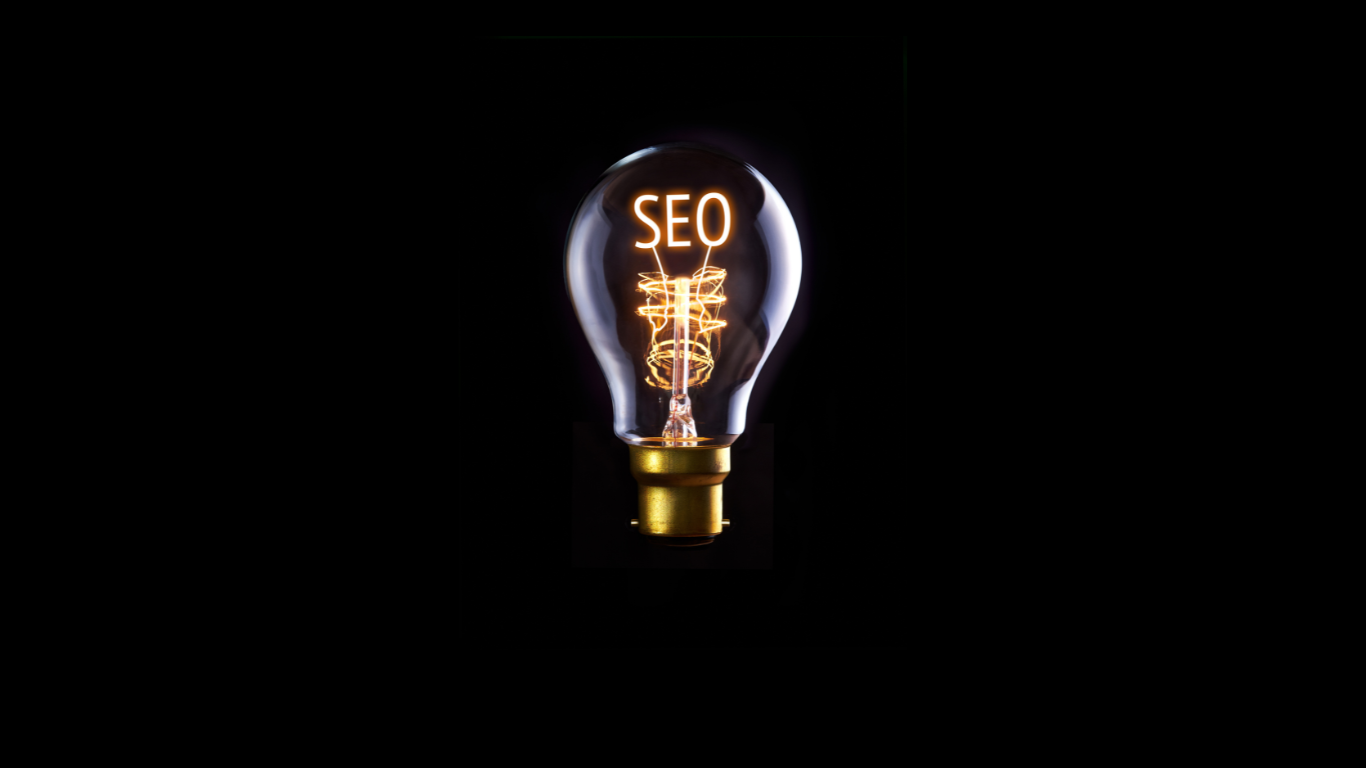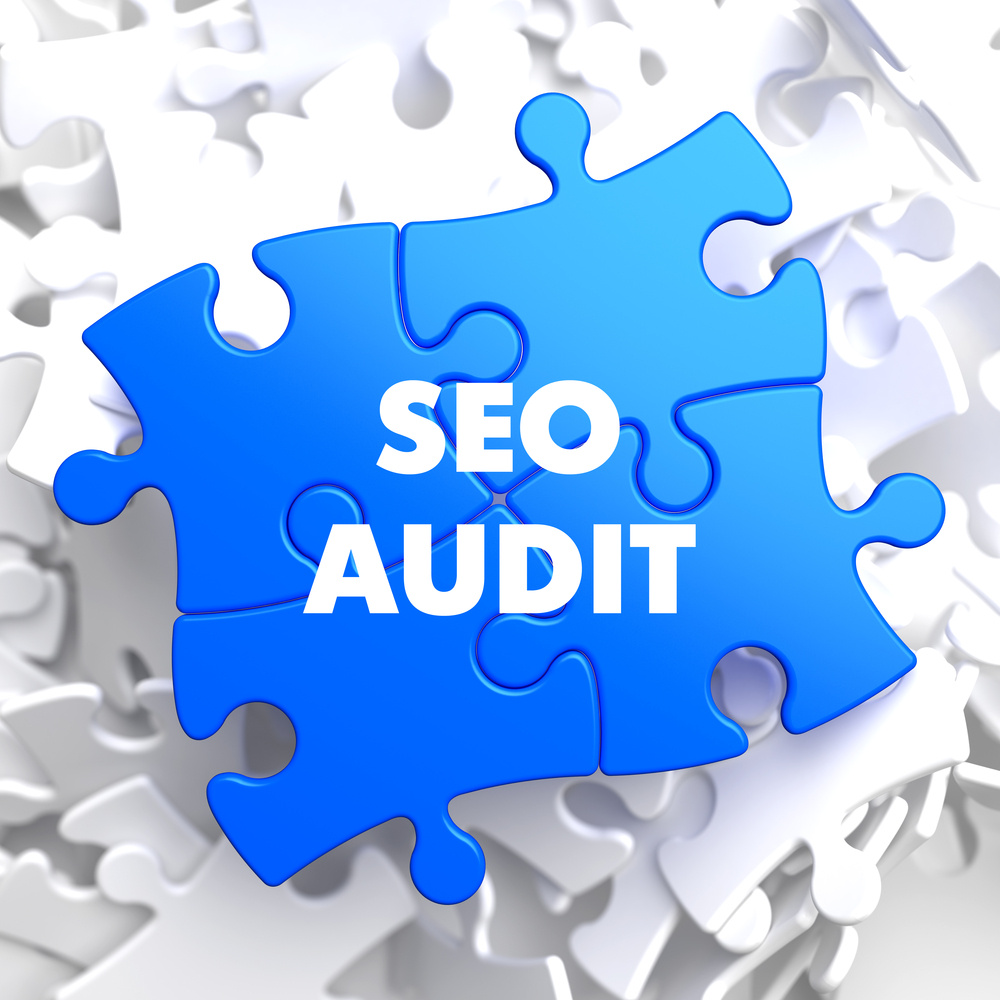In the ever-evolving digital landscape, search engine optimization (SEO) remains a critical pillar for businesses aiming to enhance their online visibility, drive traffic, and boost conversions. While paid ads can deliver immediate results, organic SEO strategies are essential for building a long-term, sustainable online presence. In this blog, we’ll dive deep into the top three strategies to organically boost your SEO, backed by statistics and actionable insights.
1. Develop High-Quality, Relevant Content
Creating high-quality, relevant content is the bedrock of any effective SEO strategy. Search engines like Google prioritize content that provides value, answers user queries, and keeps visitors engaged. Here’s how to optimize your content to improve organic SEO:
-
Focus on User Intent: Understanding user intent is crucial. Research shows that 51% of consumers use Google to research products before making a purchase . By identifying what your target audience is searching for, you can create content that directly addresses their needs and queries. Tools like Google Keyword Planner and Ahrefs can help you discover relevant keywords and trending topics.
-
Natural Keyword Integration: Keywords are vital for SEO, but they should be integrated naturally within your content. Over 75% of users never scroll past the first page of search results , making keyword placement in titles, meta descriptions, headings, and alt texts crucial. However, avoid keyword stuffing, as it can lead to penalties and negatively impact your rankings.
-
Consistently Update Content: Regularly updating your content is essential for maintaining and improving your search rankings. A study by HubSpot found that companies that blog regularly receive 55% more website visitors than those that don’t . Refreshing old blog posts, adding new data, and keeping your content up-to-date not only helps with SEO but also retains audience interest.
-
Diversify Content Formats: Offering content in various formats such as blogs, videos, infographics, and podcasts can significantly enhance your SEO efforts. Video content, for instance, is 50 times more likely to drive organic search results compared to plain text . Different content types can appeal to a broader audience and increase the likelihood of earning backlinks, which are crucial for SEO.
2. Optimize On-Page SEO Elements
On-page SEO refers to optimizing individual web pages to rank higher in search engines. This process involves both content optimization and technical elements that signal to search engines what your page is about and how valuable it is. Here’s how to enhance on-page SEO:
-
Craft Compelling Title Tags and Meta Descriptions: Title tags and meta descriptions are the first things users see on search engine results pages (SERPs). A well-crafted title tag that includes your primary keyword can significantly impact your click-through rate (CTR). According to Moz, 80% of users focus on the titles before clicking on any link . Similarly, an engaging meta description can entice users to click on your link, driving more traffic to your site.
-
SEO-Friendly URL Structure: Clean, descriptive URLs are more likely to rank well in search engines. URLs that include relevant keywords help search engines and users understand the content of the page. For example, “www.yoursite.com/organic-seo-strategies” is more effective for SEO than “www.yoursite.com/page12345”. According to Backlinko, short URLs tend to rank better than long, complex ones .
-
Optimize Images for SEO: Images are essential for creating engaging content, but they also need to be optimized for SEO. Use descriptive, keyword-rich alt text for images, which helps search engines understand the content of the image. Additionally, compressing images to improve page load times is crucial, as Google considers page speed as a ranking factor. Pages that load within two seconds have an average bounce rate of 9%, compared to 38% for pages that take five seconds .
-
Internal Linking Strategy: Internal links connect your content and help establish a hierarchy on your site, which aids in better navigation for users and more effective crawling by search engines. A good internal linking strategy can increase the average session duration and reduce bounce rates, both of which positively impact SEO. HubSpot reports that internal linking can boost page views by up to 10% .
3. Enhance Website User Experience (UX) and Mobile-Friendliness
User experience (UX) has become an integral part of SEO, especially with Google’s shift towards user-centric metrics like Core Web Vitals. A well-optimized UX leads to longer dwell times, lower bounce rates, and higher engagement—all of which can improve your organic search rankings.
-
Speed Up Page Load Times: Page speed is a critical ranking factor. A study by Google found that 53% of mobile users abandon a site if it takes longer than three seconds to load . Use tools like Google PageSpeed Insights to identify and fix issues slowing down your site. Faster pages not only rank higher but also offer a better user experience.
-
Prioritize Mobile Optimization: With over 60% of all searches now coming from mobile devices , having a mobile-optimized website is non-negotiable. Google uses mobile-first indexing, meaning it primarily considers the mobile version of a site for ranking purposes. Ensure your site is responsive, meaning it adjusts seamlessly to different screen sizes, and that all elements are easily accessible on mobile devices.
-
Streamline Navigation: Clear and intuitive navigation enhances the user experience by helping visitors find what they’re looking for quickly. According to Forrester, a well-designed user interface could raise your website’s conversion rate by up to 200% . Ensure your menus are easy to use and that all important pages are accessible within a few clicks.
-
Lower Bounce Rate: A high bounce rate can signal to search engines that your site isn’t providing a good user experience, which can negatively impact your SEO. To reduce bounce rate, focus on creating engaging content, improving page load times, and ensuring your site’s design is visually appealing. SEMrush found that bounce rates of 70-90% can be harmful to SEO, while rates under 40% are generally considered excellent .
Conclusion
Organic SEO is a long-term investment that can yield substantial rewards in terms of visibility, traffic, and conversions. By focusing on creating high-quality content, optimizing on-page SEO elements, and enhancing user experience, you can significantly improve your website’s search engine rankings. Implement these strategies consistently, and you’ll see sustained growth in organic traffic and online success.
Start refining your SEO strategy today, and watch your organic search rankings climb!

A.H Brands
.png?width=500&height=200&name=Its%20Pet%20Cancer%20Awareness%20Month%2c%20and%20were%20committed%20to%20educating%20people%20about%20pet%20cancer%20and%20available%20resources.%20Innovative%20treatments%20now%20harness%20pets%20own%20immune%20systems%20to%20treat%20and%20manage%20va%20(13).png)


















